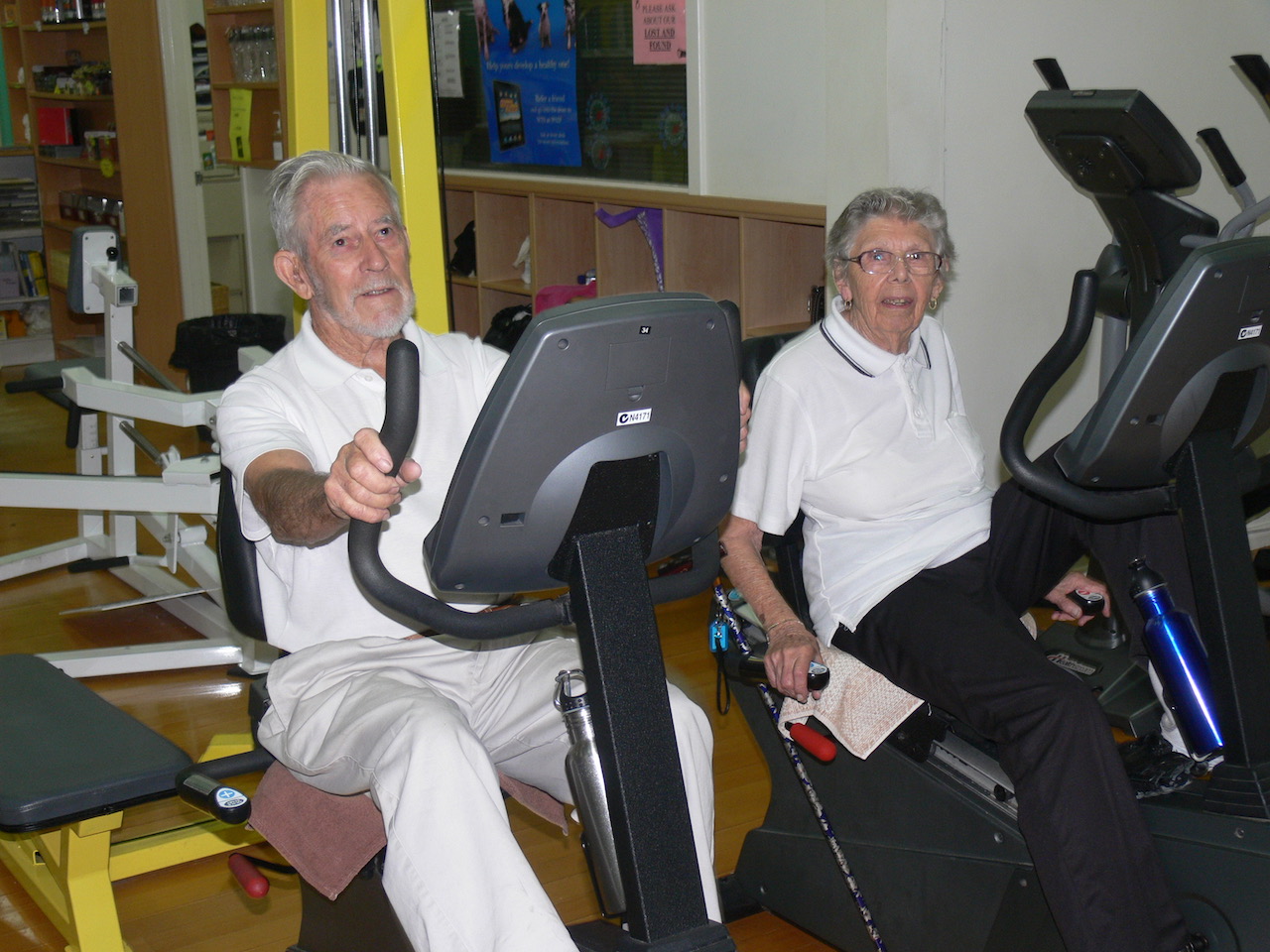FOUR lifestyle changes which can help you live longer – not smoking, eating lots of fruit and vegetables, limiting your alcohol intake and most importantly taking more exercise.
According to Professor David Dunstan of the Baker Heat and Diabetes Institute Australians now spend more time sitting than they do sleeping every day.
Dr Elissa Burton of Curtin University says participating in resistance training on a regular basis (twice weekly) is recommended for older people; yet, fewer than 15 per cent of people over 60 years achieve this level.
Physical inactivity is thought to be responsible for five million deaths worldwide and last year Public Health England listed physical inactivity as one of the top ten causes of disease and disability.
A study by the Black Dog Institute found that as little as one or two hours of exercise a week can prevent depression, while the UK Wildlife trust found that digging ditches and building bird tables in the open air resulted in improved mental health in just six weeks.
Also last year a study published in the prestigious British medical journal, The Lancet, of 130,000 people in 17 countries showed that one in 12 deaths from cardiovascular diseases – heart attack, stroke, or heart failure – can be prevented by as little as 150 minutes of exercise per week.
The study led by Professor Scott Lear of Simon Fraser University in Canada, found that physical activity is associated with a lower risk of mortality and cardiovascular disease irrespective of country, other risk factors, the type of physical activity and whether the activity is for leisure or if it is taken as part of daily transport, at work, or housework.
“Meeting physical activity guidelines by walking for as little as 30 minutes most days of the week has a substantial benefit, and higher physical activity is associated with even lower risks,” said Professor Lear.
The study found no ceiling effect and no risks associated with extremely high levels of physical activity.
COTA has made agreements with many gyms in both Perth and regional WA to provide exercise classes at an affordable price tailored to the health needs of seniors.
This is known as the Living Longer Living Stronger program (LLLS) and at least one health fund (HBF) has seen its benefit in preventing illness and pays member benefits that cover part of the cost of LLLS classes.
An evaluation conducted by Professor Robert Newton of Edith Cowan University found seniors who participated in the LLLS program for six months enjoyed meaningful improvements in their physical and mental health.
He said the most striking improvements are reduced blood pressure, increased muscle strength and physical function, greater confidence in balance and reduced fear of falling.
The WA government’s physical activity task force, Be Active WA, recommends older people should do some form of physical activity, no matter what their age, weight, health problems or abilities.
This should include at least 30 minutes of moderate intensity physical activity on most, preferably all, days, doing a range of activities that incorporate fitness, strength, balance and flexibility.
Older people who have ceased physical activity, or who are starting a new activity, should start at a level that is easily manageable and gradually build up the recommended amount, type and frequency of activity.
Physical activity contributes to an older person’s health and well-being by maintaining strength, balance and mobility, all of which are important for those of us who wish to remain living in their home for as long as possible.
Being active is a great way to reduce the risk of heart disease and it is a lot cheaper and better for you than drugs.




































